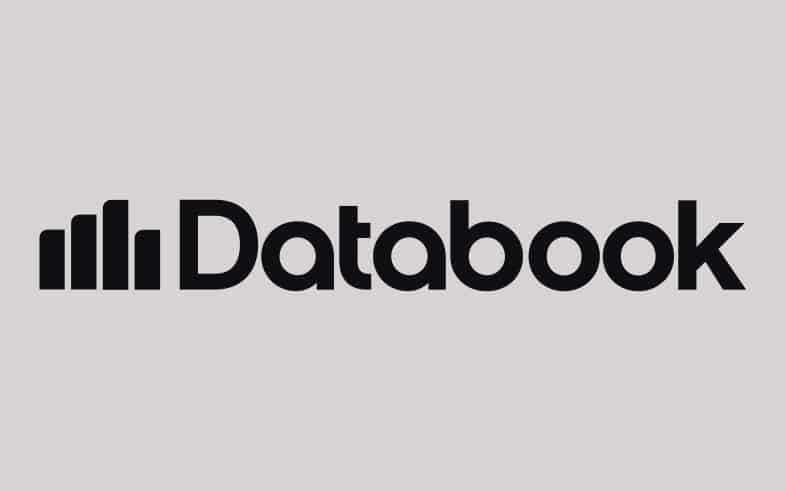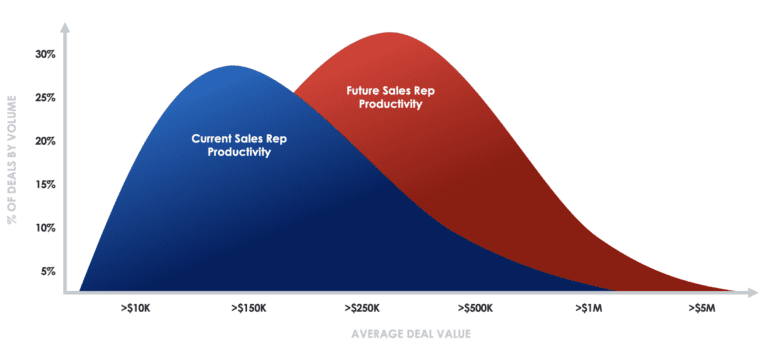Reading Time: 3 minutes
Supercharged Strategies for Improving Sales Rep Performance in 2021
Anand Shah

Last year might be in the rear view mirror now, but we’re not finished addressing the challenges 2020 brought our way. As we dive into 2021, businesses must focus on quickly and effectively improving sales rep performance in order to make up for lost time and re-establish a competitive momentum.
Below, I take three sure-fire ways to boost the productivity of your sales teams and show you how to supercharge your approach, so reps are consistently winning bigger deals and growing revenue. It’s important to note that, although each strategy is different, there is a common thread that unites them: the need for accessible, real-time insights on both your customers and your sales reps.

Strategy 1: Work to increase revenue from existing customers.
This is probably the best long-term strategy for elevating your sales performance because you’ve already got these customers on board, and much of the initial relationship legwork has already been accomplished. That being said, however, you can’t expect current customers to simply reach out and ask for more. To make this strategy work, you have to be prepared to up-sell or cross-sell in a way that deepens the relationship by reflecting your understanding of their current needs.
How can you do that?
- First, review the data and determine exactly where and how you can deliver value to the customer. What are you doing for them at present? Where can you elevate your offerings? What evidence do you have that management has demonstrated intent to invest in this area or has stated an outright need to fill a gap?
- Ensure you create an established Executive Point-of-View document before you approach the customer. Be certain that your document showcases a clear awareness of the customer’s specific business needs and metrics. It should be concise and fact-based, and should include proven case studies that validate your experience in the area as well as the proven success of your solution.
Strategy 2: Hire more full-time sales employees.
The idea here is to throw more gas on the fire by increasing the number of full-time reps working to create pipeline and close deals. Of course, for this approach to succeed, new (and existing) reps must be sure to focus their time and energy on the accounts with the highest propensity to buy.
So how can you know which customers you’re most likely to win?
- Identify the companies and contacts expressing the greatest pain and urgency related to your solutions. You’ll need the ability to search vast quantities of current business data for specific keywords and expressions of management intent. (Not sure how this works? Databook’s modules for Prospect and Opportunity Intelligence can help.)
- Determine the most relevant use cases and solutions to show these contacts how you can improve value. As in Strategy 1 above, you’ll then want to incorporate these elements into your Executive PoV document to help you engage effectively with prospects.
Strategy 3: Identify your low-performing full-time sales employees.
In a mid-pandemic economy, you don’t have the luxury of carrying dead weight. It’s imperative to determine which reps aren’t making their numbers and why, so you can get them moving in the right direction as quickly as possible. Every minute of productivity counts.
How do you go about this approach?
- Inspect the performance data of all your Sales FTEs. Not only are you looking to see who is and isn’t closing deals, but you’re also checking on how reps are using their time. Are they focusing efforts on the accounts with the greatest propensity to buy, or are they spinning their wheels? Are they developing thought-provoking insights for their customers that express the urgency of investing in your solutions now,or are they just going through the standard channels? If you need additional input, consider running an informal customer satisfaction review to see how their champions value working with your reps.
- Compare performance and productivity stats across your team, and determine the threshold at which improvement will become necessary. Be prepared to assist low performers with access to the tools and technology that can get them on the right track.
Clearly, these strategies all rely heavily on your ability to access real-time data and extract insights in a clear, concise manner. Databook’s Enterprise Customer Intelligence platform is designed to help sales leaders instantly transform copious amounts of business data into a comprehensive, next-level toolkit for the entire go-to-market team.
Ready to learn more? Let’s talk.










